Nationwide, roughly 1 in 10 students participates in high-dosage, online tutoring (three or more tutoring sessions per week). This highly effective method has become increasingly popular, offering a blend of convenience, cost-effectiveness, and accessibility that traditional in-person tutoring might struggle to match. Here’s why online tutoring stands out as a compelling alternative:
- Flexibility and Accessibility: Online tutoring breaks the geographical barriers that in-person tutoring inherently faces. Students can now connect with top-tier tutors from anywhere in the world, without the constraints of location. This flexibility allows for scheduling that fits around busy lives, making education more accessible to those with tight schedules or living in remote areas.
- Example: A student in a rural town can now access a physics tutor from a prestigious university in another country, something virtually impossible with in-person tutoring.
- Cost-Effectiveness: Generally, online tutoring tends to be less expensive. Without the need for physical travel or maintaining a physical space, both tutors and students save on costs. This reduction in overhead often translates into lower rates for students.
- Insight: While in-person sessions might cost upwards of $60 per hour, online sessions can range from $20 to $60, making high-quality education more affordable.
- Enhanced Learning Tools: Modern online platforms come equipped with interactive whiteboards, screen sharing, and file sharing capabilities, which can sometimes offer a richer learning experience than traditional methods. These tools allow for real-time demonstrations, which are particularly beneficial for subjects like mathematics or sciences. Online sessions with one tutor and one student, face-to-face, are highly effective for tutoring.
- Technological Advantage: The use of technology in online tutoring can cater to different learning styles, providing visual, auditory, and interactive elements that might not be as dynamic in a physical setting.
- Personalization: One-on-one online tutoring can be highly personalized. Tutors can tailor their approach to individual learning styles, something that’s challenging in a classroom setting. The digital environment also allows for immediate access to a vast array of resources, which can be integrated into the lesson on-the-fly.
- Personalized Learning: Tutors can quickly adjust their teaching methods based on real-time feedback, ensuring the material is understood at the student’s pace.
- Safety and Comfort: Learning from home or a chosen environment can reduce anxiety for some students, providing a comfort zone that might enhance learning. This aspect is particularly noted in discussions around mental health and education.
- Comfort Factor: Students who might feel anxious in a formal classroom setting can find online tutoring more comfortable, potentially leading to better engagement and learning outcomes.
- Environmental Impact: While not directly related to learning effectiveness, the environmental benefits of reducing travel for tutoring sessions contribute to a broader educational ecosystem that values sustainability.
However, it’s worth mentioning that online tutoring isn’t without its challenges. The effectiveness can heavily depend on the student’s discipline, the quality of the internet connection, and the setup of the learning environment. For subjects requiring physical interaction or hands-on activities, in-person tutoring might still be preferred.
The effectiveness of online one-on-one tutoring as an alternative to in-person sessions is well-supported by its advantages in flexibility, cost, and technological integration. While it might not replace in-person tutoring entirely, especially for subjects requiring physical demonstration, it stands as a robust alternative that caters to the modern learner’s needs. The key to its success lies in leveraging technology to enhance, not just replicate, the traditional tutoring experience. For many, this digital shift in education represents not just an alternative but an evolution in how we approach personalized learning.

